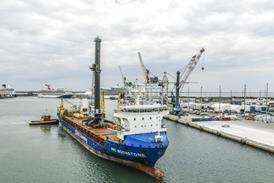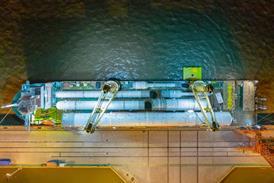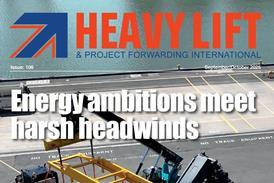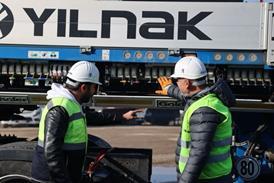Ireland is paving the way for greater offshore renewable energy development with work to establish a national Designated Maritime Area Plan (DMAP) under way.
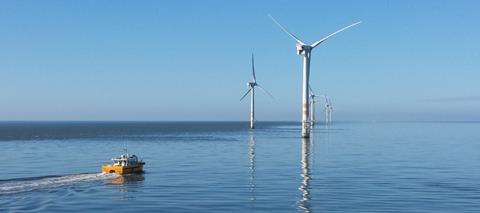
The national DMAP builds upon the already approved South Coast offshore renewable energy DMAP and will potentially unlock several areas of Ireland’s extensive maritime territory for offshore development.
Minister for Climate, Environment and Energy Darragh O’Brien explained: “The use of strategically planned DMAPs will ensure that developments in Ireland’s maritime area take place in a managed and sustainable way. This supports our decarbonisation ambitions and our offshore renewables target of 20 GW by 2040. Having a single national DMAP will accelerate the process of site designation for offshore renewable energy.”
He added that having a single national DMAP will also provide greater certainty for marine stakeholders and the renewables industry, enabling strategic forward planning. “Ports will have the ability to forward plan for the necessary large-scale offshore infrastructure build-outs required to support offshore renewable energy development, while forward planning for grid and interconnection can occur within the framework of a long-term holistic view. By focussing on a single DMAP, we will be able to maximise our resources, in terms of financial, human and time.”
It is expected that this DMAP will be completed by the end of 2027, at which point one would expect a flurry of activity for Ireland’s offshore wind development. This will particularly be the case if the country is to meet its goal of having at least 5 GW of installed offshore wind capacity by 2030.
There is certainly the potential for Ireland to become a ‘new frontier’ for the offshore wind sector. Minister of State with special responsibility for the marine, Timmy Dooley, said: “As an island nation… Ireland has one of the best offshore wind resources in the world. Our seas offer an untapped natural resource which can be the cornerstone of our energy transition.
“The development of offshore wind projects, including floating offshore wind and other innovative technologies throughout our coastal areas, offers enormous economic opportunities for coastal communities.”
Further still, the conditions in the waters surrounding Ireland have already proven to be ripe for development. For instance, projects in the Celtic Sea – off the southern coast of Ireland – are progressing for Ireland’s English neighbours, which recently moved forward with the leasing process for three floating wind farm sites in the waters off the coasts of Wales and Southwest England.
The Crown Estate, which manages the seabed around England, Wales and Northern Ireland, launched the Offshore Wind Leasing Round 5 to award the rights of the three floating wind farms in February 2024. Evaluation of proposals from the first stage of the tender (ITT Stage 1) has concluded, with successful bidders invited to progress to the final stage (ITT Stage 2). Winning bidders are then expected to sign agreements for lease in the summer of 2025.
HLPFI will certainly be keeping a watchful eye on the developments, which are projected to involve turbines as tall as 300 m (around the same height as The Shard in London) and floating platforms comparable in size to a football pitch.

